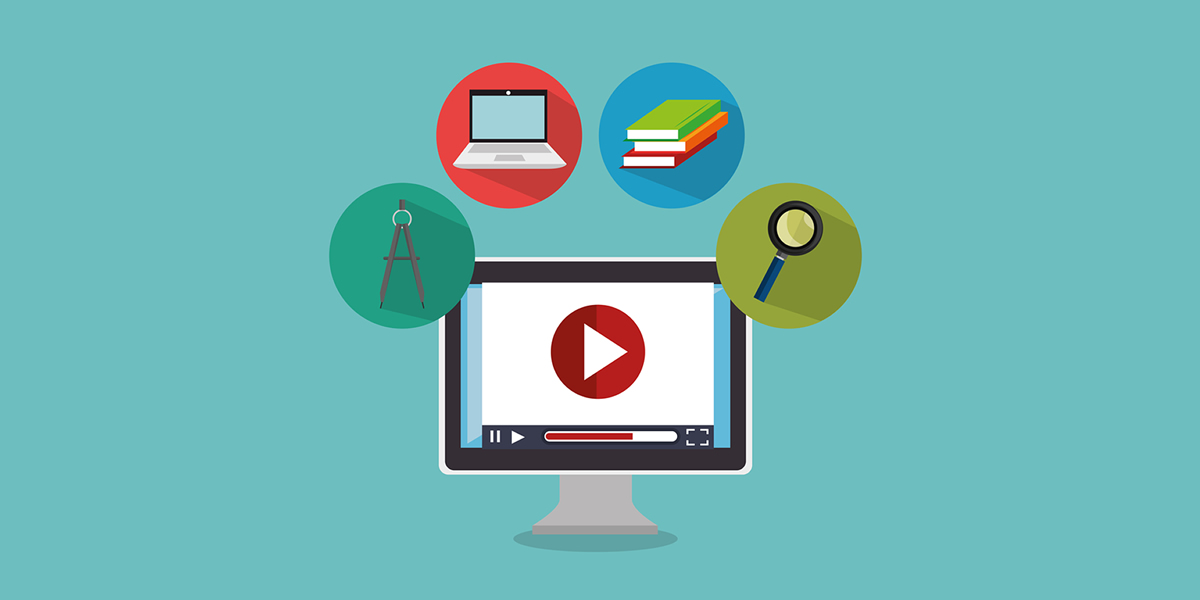
What is Assistive Technology?
Assistive Technology (AT) is the term for specialized technology (software and/or hardware) that is used by people with and without disabilities to adapt how specific tasks can be performed. AT helps students with learning disabilities (LDs) keep up with curriculum content and is a commonly used accommodation. At the same time, remedial teaching interventions should continue to address the students’ academic skill deficits. Some AT you will come across are screen readers and voice recognition software.
Who Uses AT?
Actually, we all do. Did your phone spellcheck for you on that last email? Did you use Siri to search your iPhone? Today, many people actually use AT more extensively than they are aware. This makes the use of AT to help a student with LDs much easier within a standard classroom.
What Types of AT Do People with Learning Disabilities Use?
Because LDs affect the way we take in and process information, the most common types of AT used by people with LDs are centred around reading, language, organizational skills and processing information. Some examples are:
- Screen Reading Software
Screen reading software (sometimes called text-to-speech software) will read the text that appears on a computer screen to the user, with some programs also highlighting words as they’re read. Screen reading software is particularly useful for individuals with reading disabilities as well as people who are auditory learners. - Speech-to-Text Software
Speech-to-text software (sometimes called voice dictation or voice recognition software) will convert the spoken word into text on a page, or into computer commands (i.e. opening files, or navigating software applications) via a microphone. It provides an alternative to a keyboard and can greatly help a student who struggles with written work. - Word Prediction Software
Most cell phones today have this feature incorporated; not only do they detect a spelling error, but they also show options of the potential correct word. This technology is particularly useful for individuals with difficulty spelling, and for people who have difficulty with keyboarding. - Optical Character Recognition (OCR)
Optical Character Recognition (OCR) software will convert paper-based text into electronic text for use with screen readers. A scanner is needed to scan materials from book or other paper-based text. The OCR will then recognize the letter shapes through imaging analysis and convert them to electronic text. - Electronic Organizers
Electronic or digital organizers are used for time management and resource organization. This technology is particularly useful for individuals who have difficulty with time management and organization. - Apps
We truly do live in an age where there is an app for almost everything. Regardless of operating system, there is likely an app to help in every way that a child needs.
Helpful Resources
The Ottawa Network for Education provides parents, students and teachers resources that explore the capabilities of assistive technology and make implementation as smooth as possible. Resources fully accessible and bilingual, and were developed in close collaboration with four local school boards, learning disability associations and other experts. Click here to visit the website.
Special Needs Ontario Window (SNOW) is the branch of the Inclusive Design Research Centre at OCAD University that focuses on inclusive education and learning. They provide information and training for educators, parents and students with disabilities on technologies for learning both in and out of the classroom as well as promote understanding of inclusive practices. Their resources are free whenever possible and they focus on providing open source tools that can be adapted and used freely. Click here to access the website.
